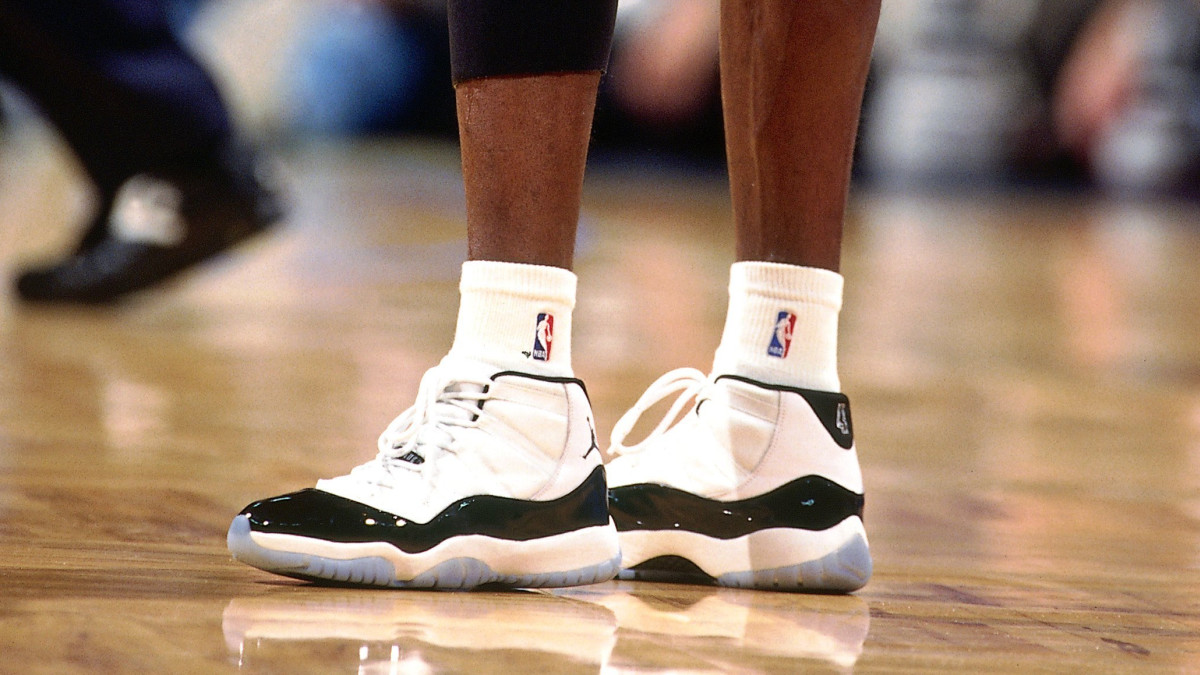The sneaker industry is one with a very rigid hierarchy. At the top of the mountain sits Nike, the undisputed king of the sneaker world. For decades, Nike has held the mantle of the most popular and largest sneaker retailer in the world, with its subsidiary Jordan Brand ranking second. Adidas has historically battled with Nike for market supremacy, always eventually falling to second under Nike’s dominance. However, in 2015, Adidas released a product that was so revolutionary, it altered the entire landscape of the sneaker world. Today, I want to talk about the Adidas ultraboost.
Boost technology was first created by Adidas in 2013. By combining thousands of thermoplastic polyurethane particles together into a foam-like material, Adidas had created a material that was both immensely comfortable and offered incredible energy return for athletes. It debuted on the Energy boost in 2013, and was immediately heralded by the running community for its comfort and performance. It would acquire mass-market appeal with the release of the ultraboost in 2015. At the time, only one Adidas factory had the capability to make boost, lowering production levels and making the first few releases of the shoe highly limited. Hype progressively grew with each sold out release, making the ultraboost one of the most sought after shoes on the market. If the shoe wasn’t already popular enough, Kanye West began wearing the triple white colorway at concert shows, exponentially increasing demand for the sneaker. The ultraboost was the perfect blend of style and performance, matching a sleek design with high-level performance. They featured a malleable primeknit upper and a durable rubber outsole. They were dubbed “the greatest running shoe ever” by Adidas, and public opinion supported this, as the ultraboost received rave reviews from athletes and non-athletes alike.
The ultraboost single-handedly revived Adidas, which had previously been struggling with diminishing sales. The success of the ultraboost catapulted Adidas into the spotlight, making it the most talked about sneaker brand in the industry. For the first time ever, Adidas had the upper hand on Nike. Exclusive collaborations with the likes of Pharell and Bape further bolstered hype around the ultraboost. In 2017, Adidas overtook Jordan Brand to become the second most popular sneaker brand in America by sales.
Four years later, the ultraboost is still just as popular as the day that it released. Now on its fifth iteration, the ultraboost has only improved upon its performance, offering “the greatest running shoe ever” to its consumers.
Citations:
Thorpe, Lucy. “The Story of Adidas Ultra Boost & How It Revolutionized Sneakers.” Highsnobiety, Highsnobiety, 1 Dec. 2018, www.highsnobiety.com/p/the-story-of-adidas-ultra-boost/.
Person. “What Is Boost?” Adidas US, Adidas, 3 July 2019, www.adidas.com/us/blog/373504-what-is-boost.
